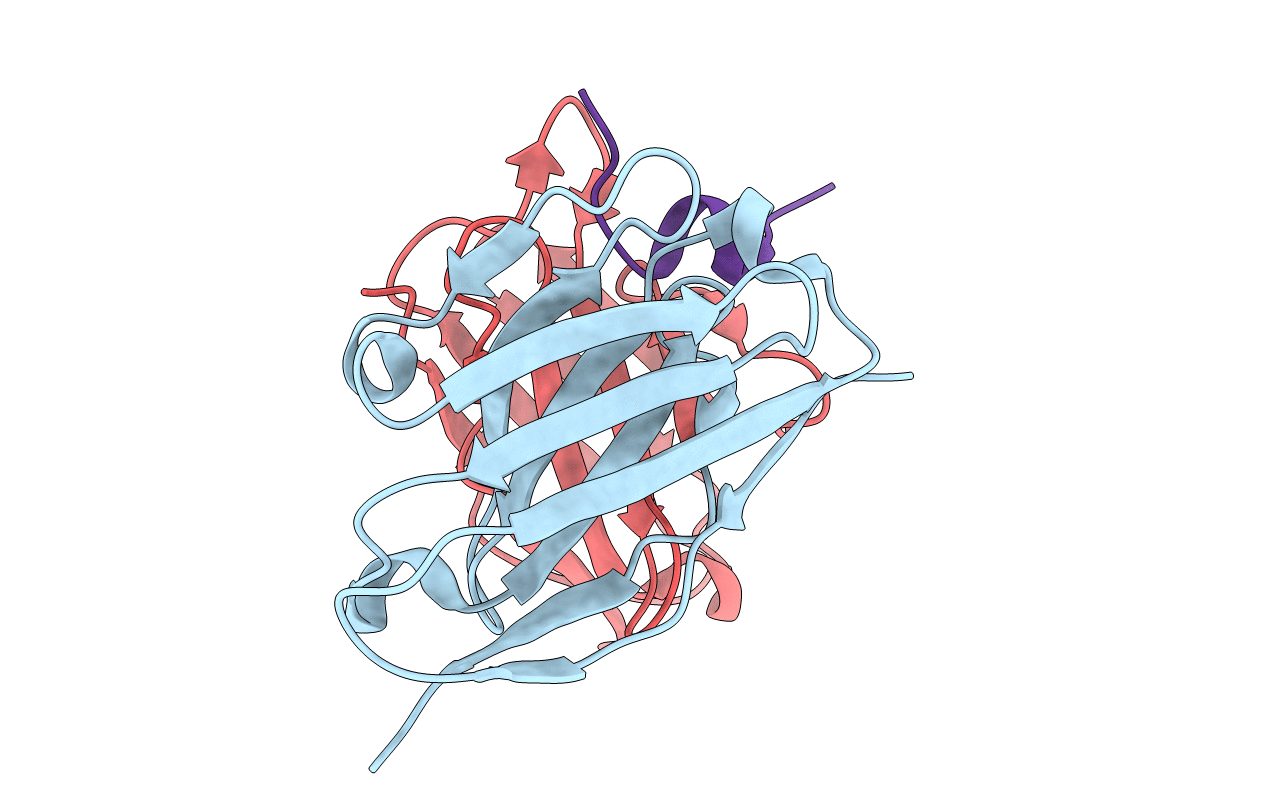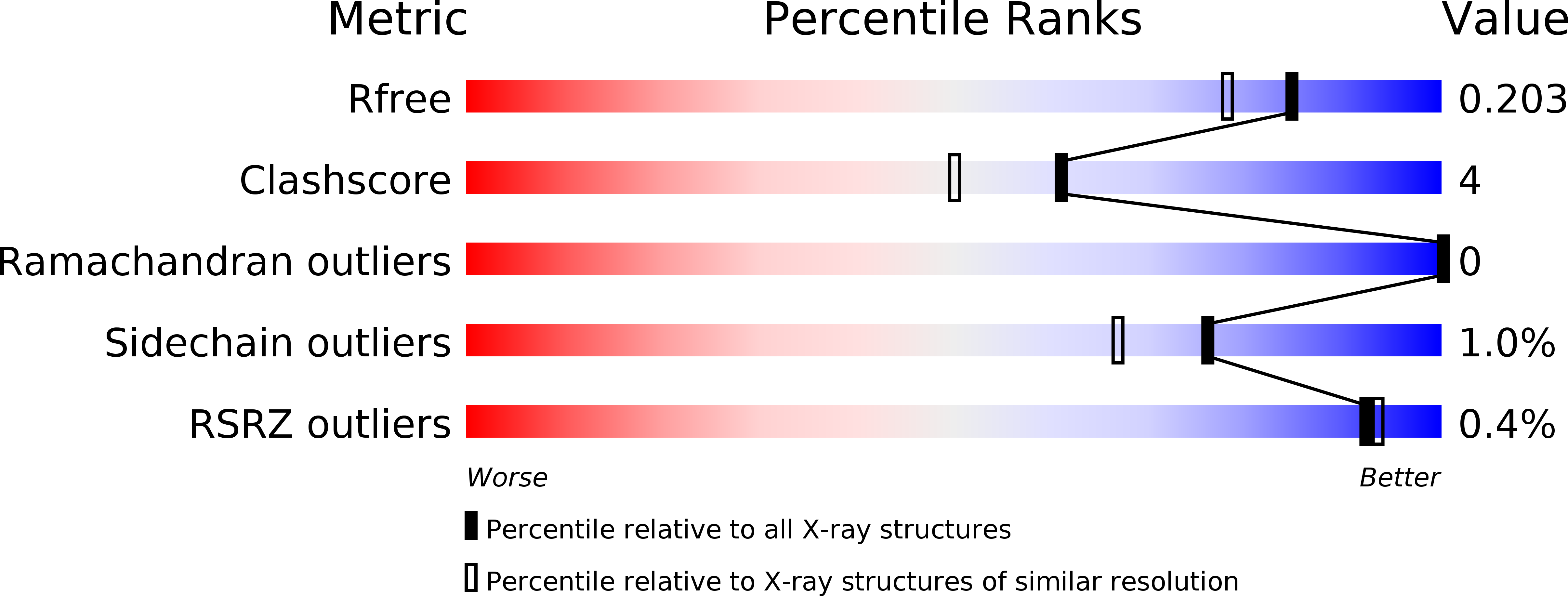
Deposition Date
2014-08-18
Release Date
2015-06-03
Last Version Date
2024-10-30
Entry Detail
PDB ID:
4R3S
Keywords:
Title:
Crystal Structure of anti-MSP2 Fv fragment (mAb6D8)in complex with MSP2 11-23
Biological Source:
Source Organism:
Mus musculus (Taxon ID: 10090)
Plasmodium falciparum (Taxon ID: 5833)
Plasmodium falciparum (Taxon ID: 5833)
Host Organism:
Method Details:
Experimental Method:
Resolution:
1.70 Å
R-Value Free:
0.20
R-Value Work:
0.15
R-Value Observed:
0.15
Space Group:
P 21 21 21


